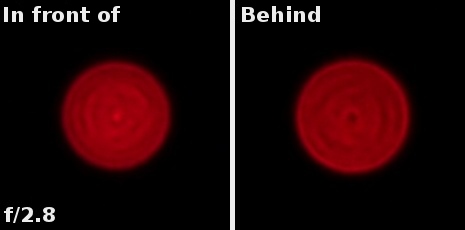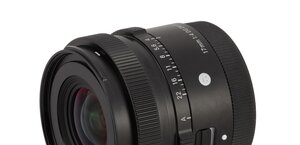Sigma 19 mm f/2.8 EX DN
5. Chromatic and spherical aberration
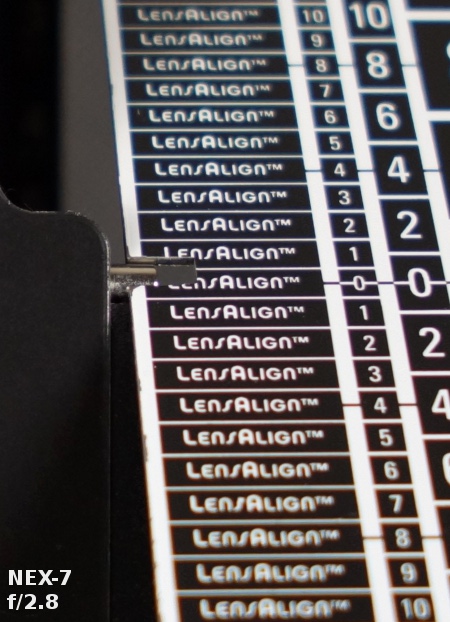 |
In the resolution category the Sigma 2.8/19 fared worse than the 2.8/30 model but the lateral chromatic aberration is quite another story – the tested lens fares better here. This aberration depends weakly on the aperture value and in the whole range it keeps near 0.08% which we consider as a not very bothersome level.
Please Support UsIf you enjoy our reviews and articles, and you want us to continue our work please, support our website by donating through PayPal. The funds are going to be used for paying our editorial team, renting servers, and equipping our testing studio; only that way we will be able to continue providing you interesting content for free. |
- - - - - - - - - - - - - - - - - - - - - - - - - - - - - - - - - - - - - - - - - - - - - - - -
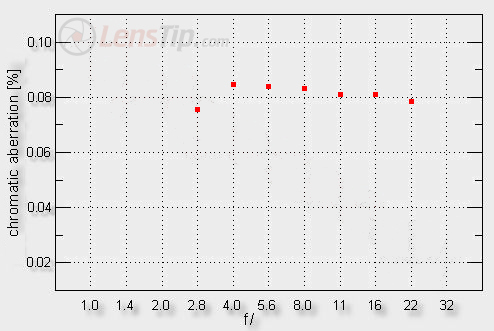
These results are, at the same time, comparable to the performance of the Panasonic 1.7/20 and significantly better than those presented by the Olympus 2.8/17.
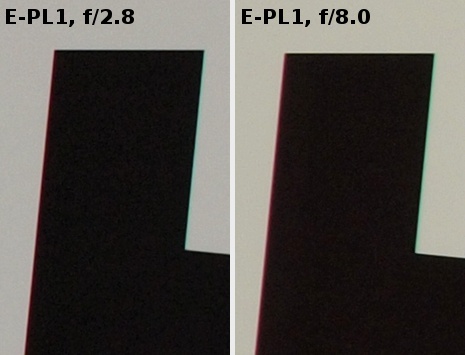 |
It can be noticed that defocused diode images differ from each other significantly which proves the spherical aberration is not corrected in a perfect way. In both cases we see lighter and darker rims; apart from that the image in front of the focus has a distinctly lighter shade in the middle of the circle than the image behind the focus.
